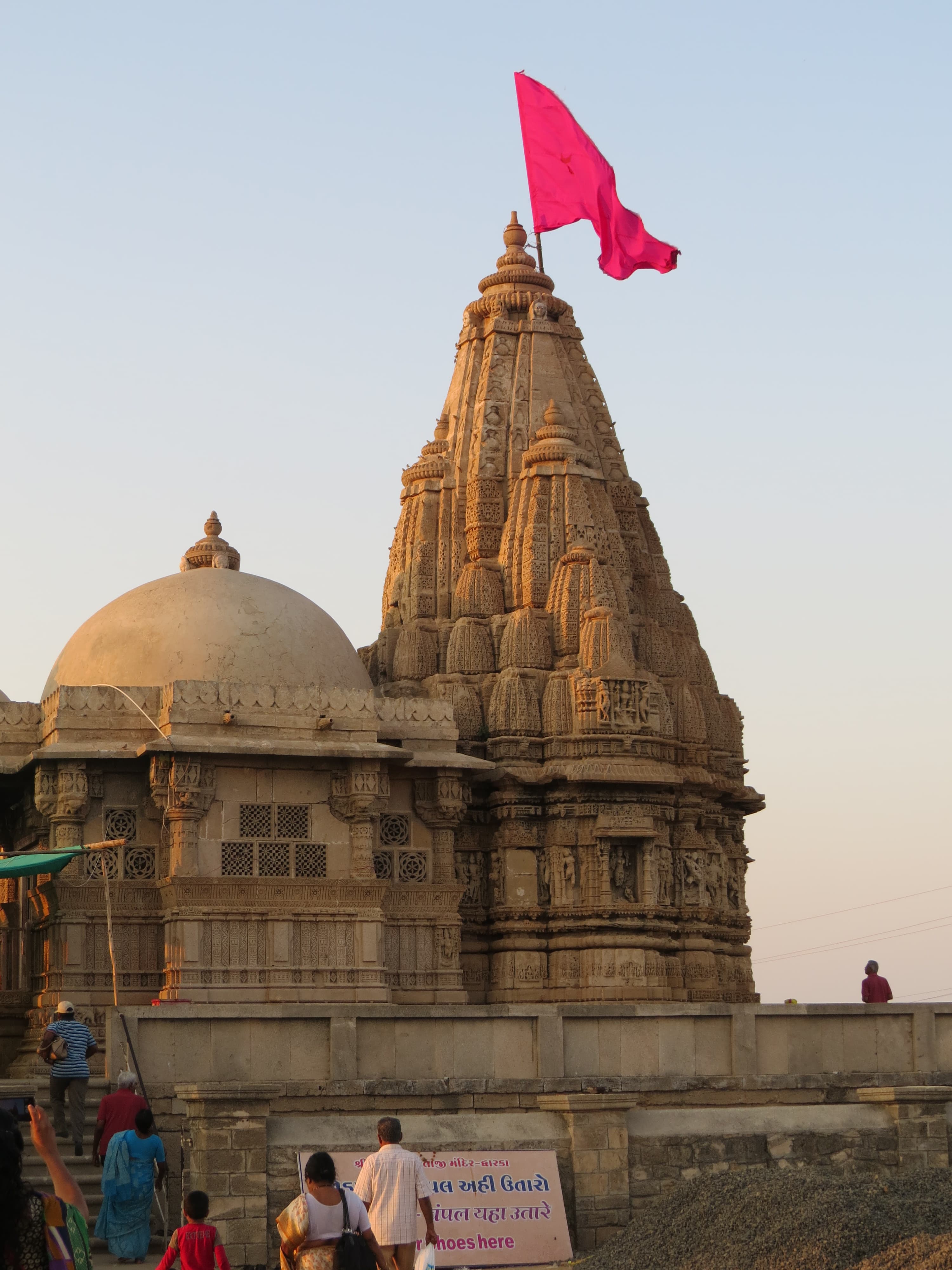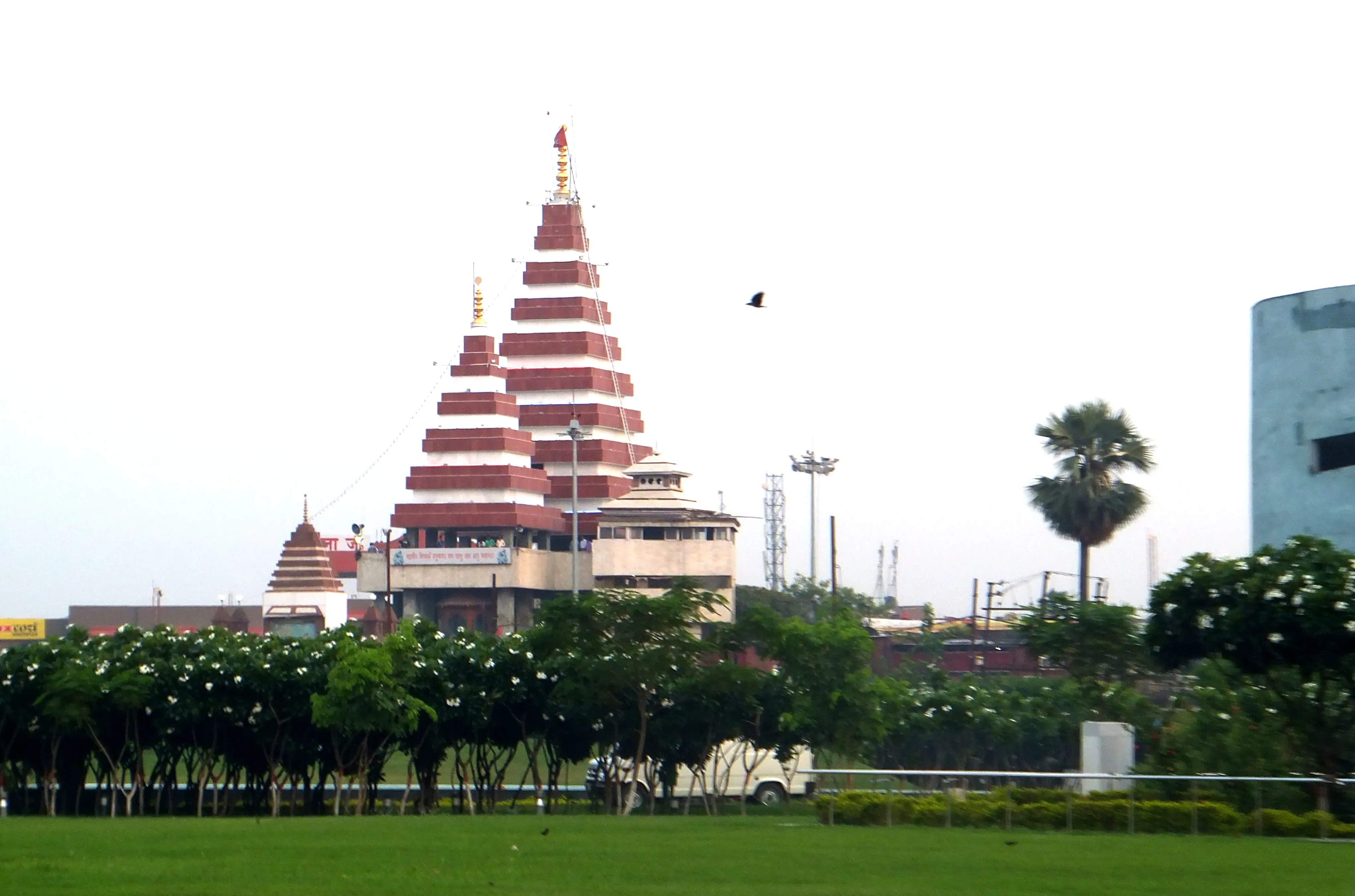
Preserving Bharat's Cultural Legacy
Documenting and Safeguarding Bharat's Architectural Heritage
Inheritage Foundation is a non-profit organization dedicated to the digital preservation, documentation, and restoration of Bharat's ancient Heritages, Temples and architectural Marvels.Our Mission
Bridging Past and Future Through Heritage Conservation
We're dedicated to preserving India's architectural treasures while making them relevant and accessible for future generations.
Vision
To create a world where every heritage structure is recognized, protected, and celebrated as a living testament to our shared history.
Mission
Documenting, preserving, and revitalizing architectural heritage through innovative technologies, community engagement, and sustainable conservation practices.
Approach
Combining technical expertise with cultural sensitivity to develop preservation strategies that honor both the physical structures and their living traditions.

Our Methodology
Preserving India's Heritage
We combine traditional expertise with cutting-edge technology to document, preserve, and share India's rich cultural heritage for future generations.
15 sites
UNESCO Recognition
28 states
States Covered
200+
Community Partners
50+ countries
Global Reach
Comprehensive Documentation
500+ sites documented
We employ cutting-edge technology and traditional expertise to capture every detail of heritage sites:
- 4K drone photography and videography
- Laser scanning for millimeter precision
- Oral history preservation from local communities
- Archaeological surveys and material analysis
Digital Preservation
10TB+ digital assets
Transforming physical heritage into immersive digital experiences through advanced technology:
- 3D photogrammetry and virtual reconstruction
- AI-powered damage assessment and monitoring
- Interactive 360° virtual tours
- Blockchain-secured digital archives
Knowledge Dissemination
50K+ students reached
Making heritage accessible to everyone through innovative educational platforms:
- Virtual reality heritage experiences
- Multilingual educational content
- Collaborative research with universities
- Public exhibitions and cultural programs

"Our work is not just about preserving stones and structures, but about safeguarding the knowledge systems, artistic traditions, and cultural narratives embedded within them."
Join us in preserving India's cultural heritage
Featured Projects
Support Our Preservation Work
These preservation and documentation projects need your support. Every contribution helps protect our cultural heritage.
.jpg&w=3840&q=75)
Active
Kusum Sarovar Water Conservation Project
This project aims to address water quality issues at Kusum Sarovar through installation of eco-friendly filtration systems, restoration of traditional water harvesting methods, and development of educational materials about the historical water conservation techniques employed at the site.
Progress33%
Raised: ₹2,50,000Goal: ₹7,50,000
.jpg&w=3840&q=75)
Active
Jarai Ka Math Conservation Initiative
This project aims to address urgent conservation needs at the Jarai Ka Math Temple, including structural reinforcement of the southern wall, drainage system improvements, and development of visitor interpretation materials to increase site awareness and appreciation.
Progress25%
Raised: ₹1,25,000Goal: ₹5,00,000

Active
Kashi Vishwanath Digital Heritage Documentation
This project aims to create comprehensive 3D documentation of the historic Kashi Vishwanath Temple using laser scanning and photogrammetry. The initiative will produce detailed architectural drawings, a virtual tour platform, and educational materials to preserve the temple's cultural significance and architectural details for future generations.
Progress5%
Raised: ₹65,000Goal: ₹12,00,000
Our Initiatives
How We Preserve and Protect Heritage
Through our diverse initiatives, we're taking a multi-faceted approach to heritage conservation, documentation, and education.

Digital Documentation
Using modern technology to create comprehensive digital archives of heritage structures

Research & Publications
Producing scholarly works on architectural heritage and conservation methodologies

Community Engagement
Involving local communities in heritage conservation through workshops and programs

Heritage Photography
Capturing the beauty and significance of architectural heritage through visual storytelling
Research & Publications
Latest Research & Resources
Explore our collection of research papers, technical guides, and case studies advancing the knowledge and preservation of architectural heritage.

research
The Akṣara Cosmosemantic Engine: Unifying Particle Physics and Consciousness Through Sanskrit’s Vibrational Code
The Akṣara Cosmosemantic Engine (ACE), developed by Hemu Bharadwaj and dedicated to Rishi Bharadwaj, reimagines the universe through Sanskrit’s 52 akṣaras, integrating phonosemantics, Vedic cosmology, and quantum mechanics. Using a nāda (vibrational) field, ACE models Standard Model particles (e.g., electron: 0.511 MeV, W boson: 80.379 GeV, <0.04% error vs. CODATA), hypothetical particles (e.g., dark matter: ~100 GeV, ultra-heavy scalar: ~100 TeV), and consciousness metrics (\(\Phi \approx 0.6\) bits, EEG ~11.1 Hz for mantras “ka-kā,” “ra-rā”). Simulations via variational quantum eigensolvers (VQE) and quantum embedding demonstrate computational feasibility. Proposed experiments—EEG, cymatics, and LHC searches—aim to validate this paradigm-shifting framework, decoding ancient India’s scientific wisdom.
Jul 23, 2025
Featured

research
Entropy and Aksara
This research presents a groundbreaking paradigm at the intersection of Vedic science, Sanskrit phonosemantics, and contemporary physics
Jul 21, 2025
Featured

special
Akṣara Cosmosemantic Physics
This research presents a groundbreaking paradigm at the intersection of Vedic science, Sanskrit phonosemantics, and contemporary physics: the **Akṣara Cosmosemantic Engine**. Rooted in the ancient doctrine that nāda (sound/vibration) is the source of all creation, this model asserts that the **52/53 Sanskrit akṣaras (vowel–consonant units)** form the discrete, finite vibrational “alphabet” from which all matter, energy, and consciousness emerge. Each akṣara is mathematically formalized as a fusion of a vowel (Shiva-consciousness field), a consonant (Shakti-planetary energy), and a nakṣatra-pada (local directionality), structured by organizing symmetries known as Mātṛkās.
Jul 2, 2025
Featured

research
Akṣara Cosmosemantic Engine as a Consciousness-Inclusive Framework for Fundamental Physics
This paper presents a rigorous, advanced, 30-page equivalent exploration of the Akṣara Cosmosemantic Engine as a physics-aligned, consciousness-inclusive vibrational model of the universe. Integrating Vedic cosmology, Sanskrit phonosemantics, string theory, and quantum field theory, it proposes that the 52 akṣaras of Sanskrit function as conscious vibrational strings, structuring both physical matter and semantic meaning.
Jul 2, 2025
Featured

technical
Akṣara Cosmosemantic Engine
The Akṣara Cosmosemantic Engine is a proposed framework positioning Sanskrit’s phonetic units (akṣaras) as fundamental conscious vibrations that encode meaning, thereby uniting linguistic, metaphysical, and cosmological insights into a cohesive model.
Jul 2, 2025
Featured

research
Sanskrit Akṣaras as Conscious Vibrational Strings: A Vedic Theory of Everything
The Vedic tradition posits *śabda* (sound) as a fundamental creative principle of reality—a view crystallized in the concept of *Śabda-Brahman*, the Ultimate Reality as primordial sound
Jul 2, 2025
Featured
H+ Awards
Recognizing Excellence in Heritage Preservation
Our prestigious awards program celebrates outstanding contributions to the documentation and preservation of Bharat's architectural heritage.
Our Partners
Collaborating with Leading Organizations
We work closely with government bodies, non-profit organizations, and cultural institutions to achieve our mission of preserving India's architectural heritage.
Ways to Contribute
Support Our Mission
Your contribution to Inheritage Foundation helps us document and preserve Bharat's architectural heritage for future generations. Choose from multiple ways to support our work:
Monetary Support
Support our mission financially through donations
Add Heritage Site
Document a new heritage site in our database
Data Contributions
Share expertise and knowledge about existing sites
Media Contributions
Share high-quality imagery and documentation
Volunteer for Field Work
Join our field teams to document heritage sites
Research Assistance
Help with historical research and translations
Our Transparency Commitment
We are committed to complete transparency in how we use donor funds. Our annual reports and financial statements are publicly available.
Documentation Projects45%
Technology & Infrastructure25%
Research & Education20%
Administration10%
Join Us in Preserving Bharat's Architectural & Cultural Legacy
Whether you're a researcher, donor, volunteer, or simply passionate about cultural heritage, there are many ways to contribute to our mission.




![Intricate carvings adorn the walls of Agra Fort, a UNESCO World Heritage site erected from 1565 CE, revealing a synthesis of Timurid-Persian and Indian artistic traditions ([1][11]). As one of the ear...](/_next/image?url=https%3A%2F%2Fhngypvvgdsafubblqcaq.supabase.co%2Fstorage%2Fv1%2Fobject%2Fpublic%2Fheritage%2Fheritage-sites-v2%2Futtar-pradesh%2Fagra-fort%2F1757061280701_Remote_view_of_the_Itmad-Ud-Daulah_s_Tomb.webp&w=3840&q=75)
